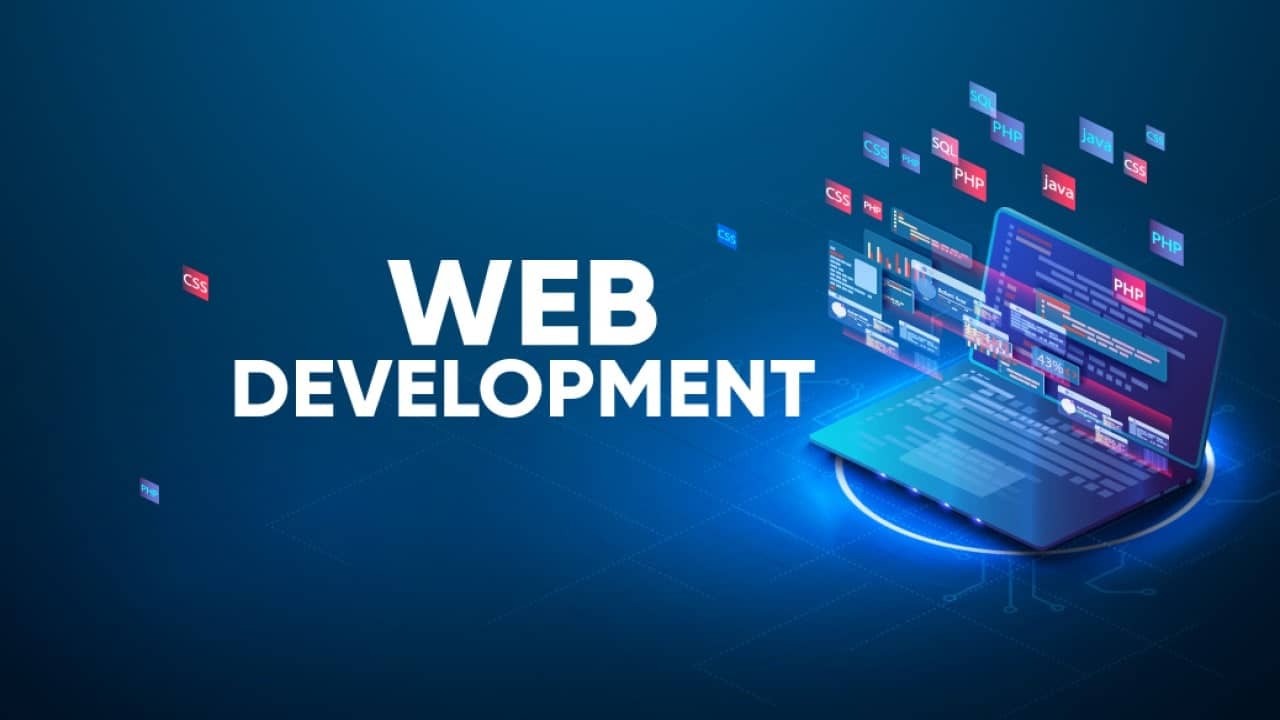Introduction
Web development has undergone a remarkable journey since its inception in the early 1990s. Starting as simple static HTML pages, it has evolved into complex, interactive, and dynamic applications that power the modern internet. This 2000-word article will explore the key milestones and technologies that have shaped web development over the years, showcasing the advancements that have led to the creation of immersive web experiences.
The Birth of the Web: HTML and the Static Era
In the early 1990s, Sir Tim Berners-Lee introduced the World Wide Web, laying the foundation for modern web development. Hypertext Markup Language (HTML) emerged as the primary language to create static web pages. Initially, web pages were text-heavy with minimal formatting and lacked interactivity. However, the introduction of simple elements like images and hyperlinks brought the web to life.
Rise of Client-Side Scripting: JavaScript Revolution
The late 1990s marked a pivotal moment in web development with the advent of JavaScript. Brendan Eich’s creation allowed developers to add interactivity to web pages, enabling dynamic content updates without requiring full page reloads. JavaScript quickly became a staple in web development, and its widespread adoption contributed to the emergence of more interactive and engaging websites.
Introduction of CSS: Separation of Content and Presentation
Cascading Style Sheets (CSS) emerged in the late 1990s as a game-changer in web design. It allowed developers to separate content from presentation, providing greater control over the appearance of web pages. By applying styles to HTML elements, developers could customize layouts, colors, fonts, and other visual aspects, leading to improved web aesthetics.
The Dot-com Bubble: Paving the Way for Dynamic Web Applications
The early 2000s witnessed the rapid expansion of the internet, giving birth to numerous dot-com startups. This era’s demand for more sophisticated web applications pushed developers to seek alternatives to static websites. The rise of server-side scripting languages like PHP, ASP, and Perl enabled the development of dynamic web pages that could be generated on-the-fly based on user input.
Web 2.0: Interactive and Collaborative Web
The term “Web 2.0” was coined in the early 2000s to describe a shift towards more interactive and user-centered websites. This era saw the rise of social media platforms, blogs, and online collaboration tools. Technologies like AJAX (Asynchronous JavaScript and XML) further enhanced the user experience by enabling seamless data exchange between the client and server, reducing page reloads, and creating responsive web applications.
Content Management Systems (CMS): Empowering Non-Technical Users
As the demand for dynamic websites grew, content management systems (CMS) gained popularity. CMS platforms like WordPress, Joomla, and Drupal allowed non-technical users to manage and update website content without writing code. This democratization of web content contributed to the proliferation of blogs, online publications, and small business websites.
Responsive Web Design: Optimizing for Mobile Devices
With the rise of smartphones and tablets in the late 2000s, the need for mobile-friendly websites became paramount. Ethan Marcotte introduced the concept of responsive web design in 2010, advocating for websites that automatically adjust their layout based on the user’s device. This approach enabled a seamless user experience across various screen sizes and resolutions.
Front-End Frameworks: Simplifying UI Development
As web applications became more complex, developers sought ways to streamline front-end development. Front-end frameworks like Bootstrap, Foundation, and Materialize emerged, providing pre-designed components and styles that developers could leverage to build responsive and visually appealing user interfaces with less effort.
Single-Page Applications (SPAs): The Age of JavaScript Frameworks
With the rise of web applications that resembled native applications in terms of interactivity, Single-Page Applications (SPAs) became popular. SPA architecture, driven by JavaScript frameworks like AngularJS, React, and Vue.js, allowed developers to build highly interactive web applications that could update specific parts of a page without requiring full reloads. This resulted in faster and smoother user experiences, akin to desktop applications.
Back-End Technologies: From Monolithic to Microservices
While front-end technologies were advancing, back-end development was also evolving. Developers moved from monolithic architectures to microservices, breaking down applications into smaller, independent services that could be developed, deployed, and scaled separately. This approach improved application maintainability, scalability, and allowed teams to work on different parts of an application simultaneously.
Progressive Web Apps (PWAs): Combining the Best of Web and Mobile
Progressive Web Apps (PWAs) emerged as a new paradigm in web development. PWAs combine the best features of web and mobile applications, offering offline capabilities, push notifications, and fast loading times. They are designed to be responsive, secure, and easily installable on users’ devices, bridging the gap between traditional web and native mobile apps.
Conclusion
Web development has come a long way since its humble beginnings. From simple static HTML pages to modern full-stack applications, the field has seen numerous paradigm shifts and technological advancements. As we continue into the future, web development is expected to push even further, exploring technologies like WebAssembly, serverless computing, and AI integration, promising exciting new possibilities for the internet and the digital world as a whole.








